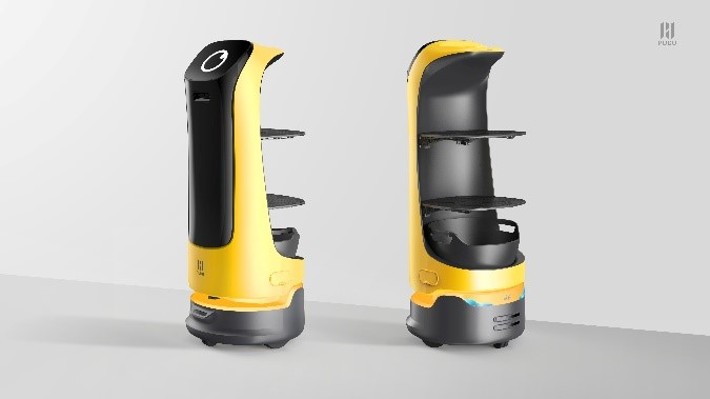[ad_1]
Prime Minister Fumio Kishida said Thursday the Japanese government is considering further easing border restrictions as the country prepares to “exit the sixth wave” of the COVID-19 pandemic.
“We hope to gradually increase international travel while taking into consideration the infection situation at home and abroad, as well as the demand of Japanese returnees,” Kishida said at a House of Councillors Budget Committee session.
The government has already decided to relax Japan’s border controls from March in the wake of criticism from business and academic circles at home and abroad.
Among the measures to be eased, the daily cap on the number of new entrants will be raised from the current 3,500 to 5,000 starting next month.
The current three-day isolation period at designated facilities will be lifted for travelers who test negative for COVID-19 upon their arrival in Japan from countries such as Australia, Spain, Thailand, the Philippines, and the United States.
The quarantine period will be cut from the current six days to three for travelers from Britain, Egypt, France, Germany, Italy, Sweden, Denmark, Nepal, Norway, Pakistan and Uzbekistan, according to the Japanese government. They need to test negative on the third day of their quarantine.
After the change on March 1, the total number of countries and regions subject to Japan’s three-day quarantine rule will be 37.
The nationwide daily count of coronavirus infections was 61,260 on Thursday, according to reports by prefectural governments.
Tokyo reported 10,169 new cases, down by around 7,600 from a week earlier. The seven-day rolling average of daily infections in the capital stood at 12,509.1, down 16.2 percent from the previous week, according to the metropolitan government.
Across Japan, patients with severe symptoms fell by 15 from the previous day to 1,474, the health ministry said.
Related coverage:
Japan to raise COVID entry cap, cut quarantine period from March


[ad_2]
Source link


















